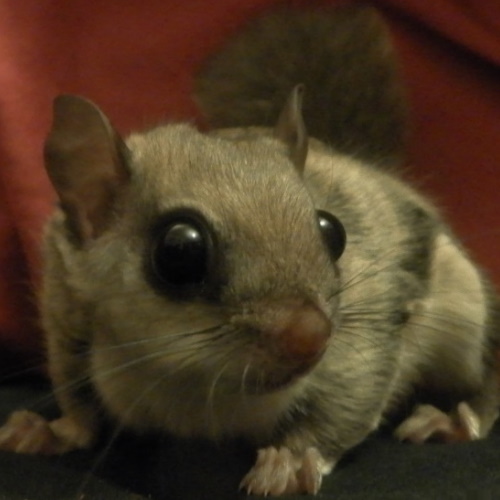Safe Woods for Pets
Author: Christine, of Crittery Exotics
Wood is an excellent enrichment item for many rodents due to their need to wear down constantly growing teeth. Gnawing on untreated softwood is excellent for them. Larger branches also make excellent climbing for more arboreal rodents, such as African Pygmy Dormice.
Java wood and Cork bark sold predominately for reptiles or parrots are safe for rodents, however they can have a hefty price tag.
Collection and preparing
If collecting your own wood, ensure that is in an area legal to collect fallen wood. It needs to also be an area away from traffic pollution and that hasn't been sprayed with pesticides. Growing your own where possible, such as the fast-growing willow, is ideal.
Wash and clean your branches from any excess moss and ensure it is free from fungi or mould. Saw and sand edges as neccessary.
One method is to bake the wood in your oven on a low heat for an hour. This does weaken the structural integrity of the wood however, which can lead to it splintering in unsafe ways. It obviously isn't possible for larger branches.
A second method is to clean the wood with a diluted bleach solution such as the pet-safe disinfectant F10 and allow to airdry before adding to the cage.
Safe Wood List
- Apple
- Bamboo
- Crab-apple
- Dogwood
- Elm & Red Elm
- Grape & Grapevine
- Hawthorn
- Hazelnut
- Oak
- Pear
- Magnolia
- Mulberry
- Poplar
- Quince
- Willow Goat, Weeping or Pussy Willow
- Yucca

Christine
Christine runs Crittery Exotics and is an experienced animal keeper & content writer.
About Crittery

